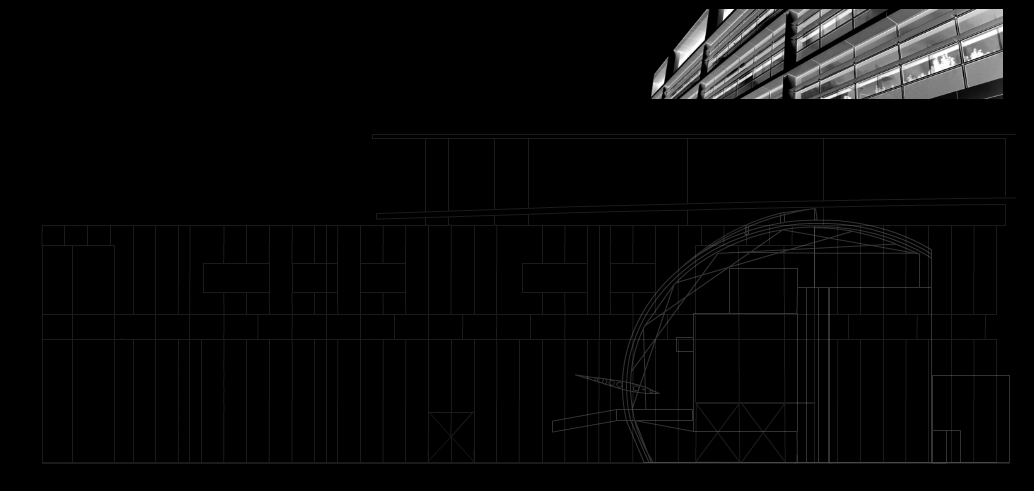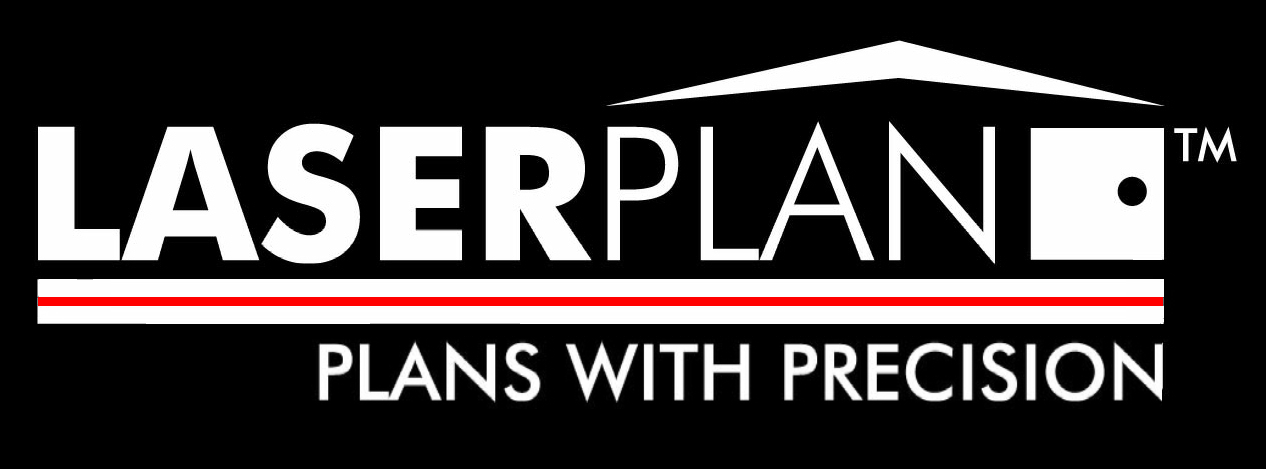|
|









Laser distance measurement is based on the phase measurement principle. A laser diode emits light pulses with a defined wavelength and pulse repetition frequency. Due to the runtime difference between the internal reference path and the external measurement path, light pulses reflected on a target and received undergo a phase shift in relation to the light pulses received through the internal reference path. The phase difference between those two signals is proportional to the distance between instrument and target. The receivers convert the optical signals into electronic signals and the analog-digital-converters (ADCs) of the microcontroller convert them into digital signals.
The built in microcontroller calculates the phase difference between the reference signal and the measurement signal. If the phase difference is higher than 360° , for example 410° , then the micro controller would calculate a distance corresponding to 50° . To avoid such an error the pulse repetition frequency of the laser light pulses has to be reduced and a second measurement, a so called "coarse frequency" measurement, has to be executed. Depending on the specified measurement range of the instrument various coarse frequencies have to be used to calculate the correct distance.
enlarge

